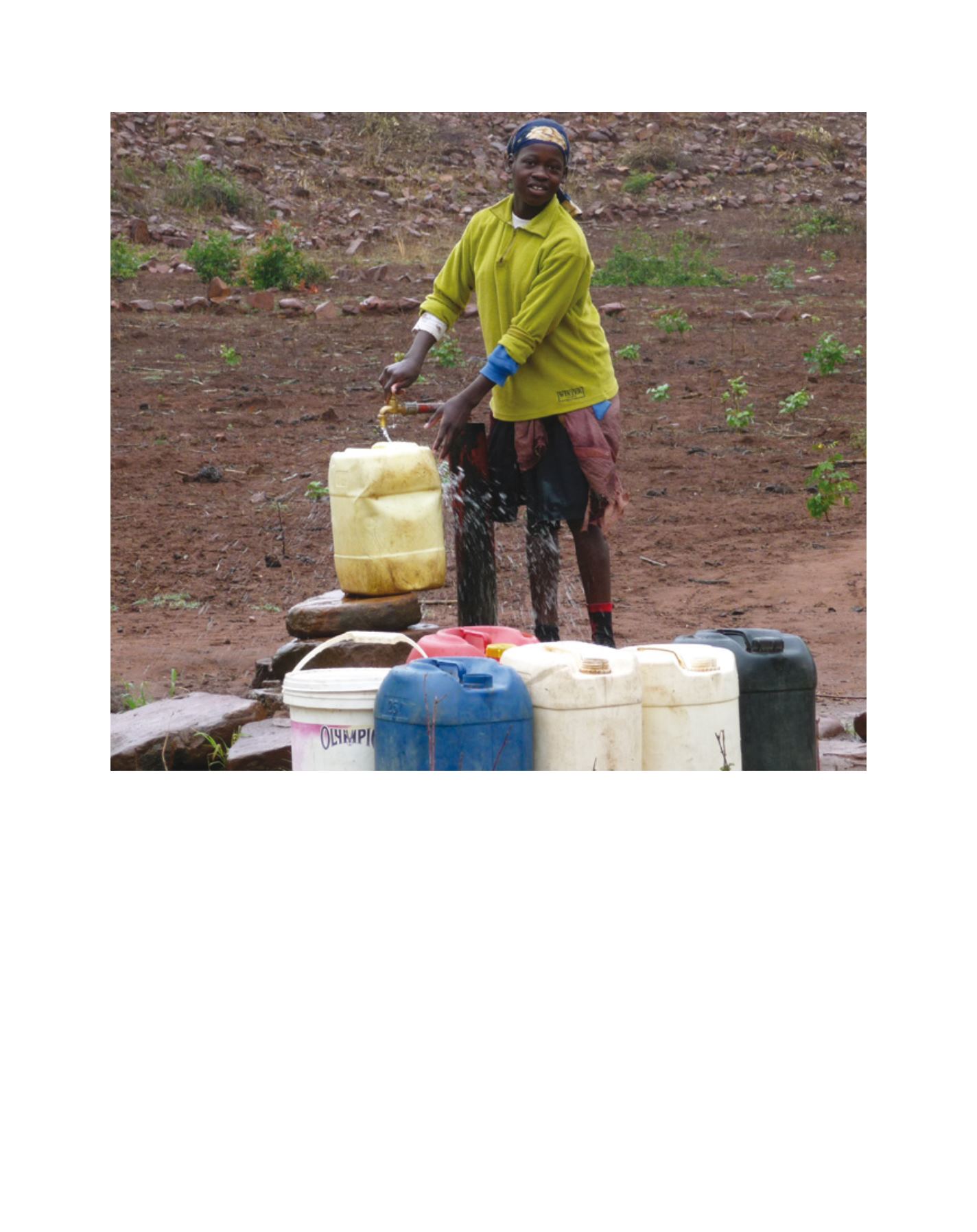

[
] 174
L
egal
F
ramework
at
the
N
ational
/I
nternational
L
evel
Transboundary Watercourses and International Lakes which, after
20 years of successful implementation at a regional level, will soon be
open for all United Nations member states to join. Both these frame-
work instruments, as well as the United Nations General Assembly’s
Resolution on the Law of Transboundary Aquifers, provide an impor-
tant basis by which to enhance the legitimacy of international water
law and strengthen the political will to enter into agreements at the
basin level. Ultimately, the effectiveness of any transboundary water
governance arrangement will depend on there being a shared under-
standing about who gets what water, when and why.
Hydrological impacts of land use, especially degraded lands, and
the implications therein regarding appropriate land-water manage-
ment policies is also an important issue. For example, the water use
of fast-growing tree plantations tends to be much higher than that of
the degraded vegetation they typically replace – particularly where
tree roots have access to groundwater. Aside from these hydrological
considerations – and in contrast to, for example, forest plantation
monocultures in developed countries – forest land in developing
countries also has to provide a variety of goods and
services (such as timber and fuel wood plus non-timber
products including water, fodder and litter for animal
bedding) to local communities in support of their
subsistence farming systems. Consequently, access to
land of this kind by these local communities is manda-
tory and such incursions have potential hydrological
impacts which are presently less well known. This is an
additional dimension to an already complex process of
community management embedded within integrated
catchment management. It will pose a considerable chal-
lenge to both local communities and the government in
fine-tuning water management policy.
Increasingly, non-governmental participatory
catchment organizations are being seen as key to the
effective delivery of both national water legislation and
the desires of local communities for a better quality
of life. This is true in the UK where, as with other
A girl fetching water in the Vendha, South Africa. Shared resources provide water for almost half the global population
Image: G. Gooch


















